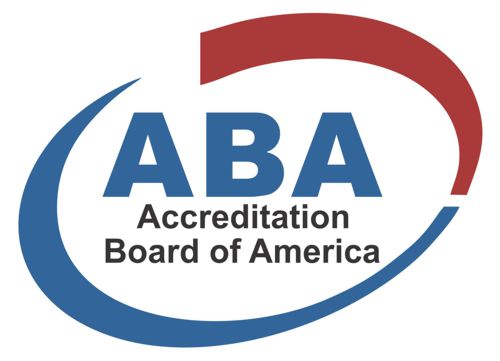Editor’s note: In 2011, the Philippines town of Silonay — a fishing village situated on a small island in the province of Oriental Mindoro — established a mangrove “ecopark.” The effort, supported by Conservation International (CI), local governments and other non-profit partners, aims to protect and restore mangrove coastal forests that had been degraded by years of unsustainable wood harvesting. (Mangroves, which store outsized amounts of carbon in their root systems, are a critical nature-based solution to climate change). Since the park was established, the village has worked to replant mangroves, improve fishing and support livelihoods through ecotourism.
As coastal communities face the effects of overfishing and sea-level rise, restoring mangroves has never been more important. In this series of photos, Conservation News looks at one community’s efforts to rebuild what has been lost.
 © Conservation International/Kimberly Hoong
© Conservation International/Kimberly Hoong
Like many other conservation projects, the Silonay Mangrove Ecopark in Oriental Mindoro, Philippines, faces significant challenges, ranging from lack of manpower and funds to typhoons and sea-level rise. The citizens of Silonay plant mangrove seedlings around the villages, knowing that these trees form a strong protective barrier between them and storm surges.
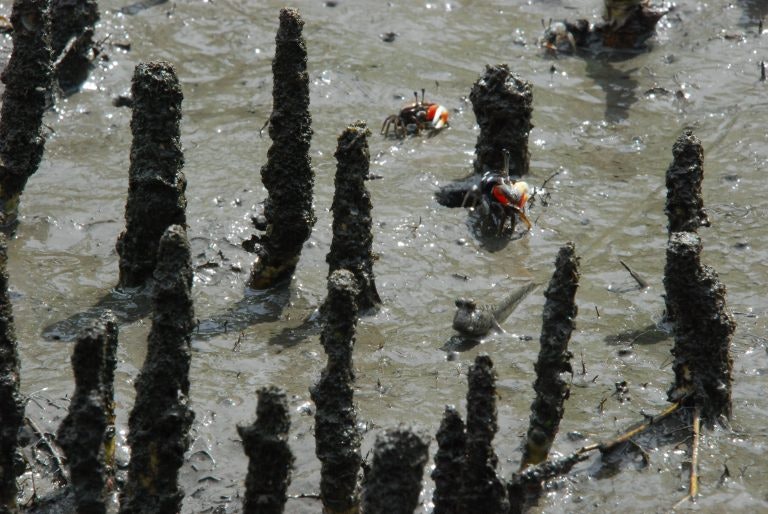 © Conservation International/Kimberly Hoong
© Conservation International/Kimberly Hoong
The Silonay mangroves represent important habitat for birds, bats, fish and crustaceans. At low tide, fiddler crabs poke their heads out of their holes, while mudskippers glide across the exposed mudflats.
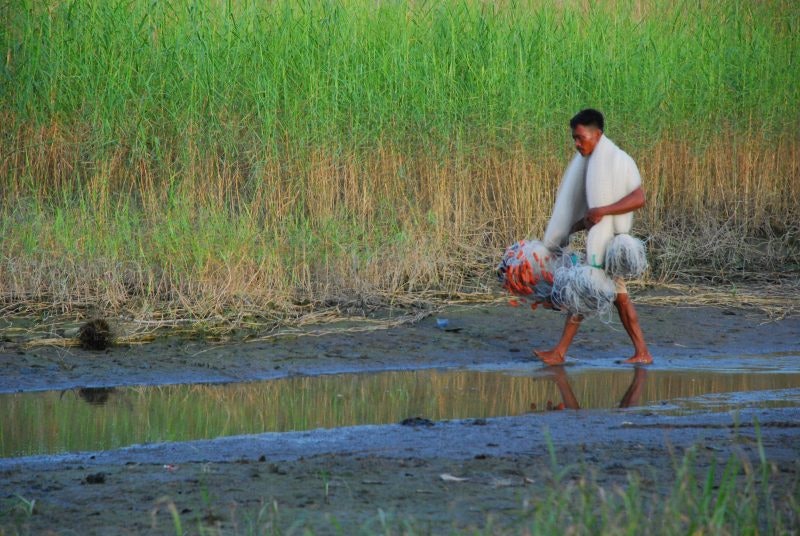 © Conservation International/Kimberly Hoong
© Conservation International/Kimberly Hoong
Coastal communities in the Philippines rely heavily on fishing for their livelihoods. Working with fishers helps ensure conservation success, as local community members now monitor for rule-breakers who cut down mangroves that provide important fish habitat. According to Silonay fisherman Morel Bool (not pictured), “One time, we arrested a poacher and we brought him into town. We just asked the violator to plant [mangroves].”
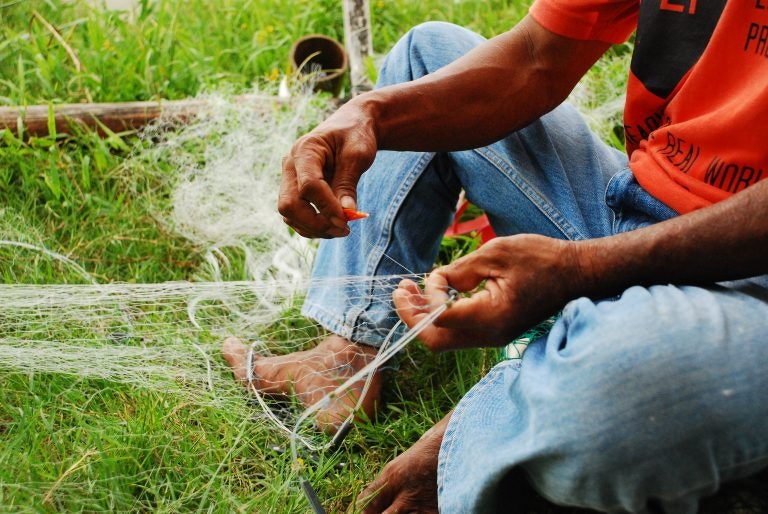 © Conservation International/Kimberly Hoong
© Conservation International/Kimberly Hoong
A fisherman fixes a net in Silonay. Anecdotal evidence suggests that the mangrove rehabilitation efforts are paying off. “Our maximum [fish] catch during peak seasons now goes up to 200 kilograms (about 440 pounds) — it used to only be 70 to 100 kilograms back in 2010,” said Francisco Fortu (not pictured), a local fisherman. “Ever since the mangroves started growing here, our catch has increased.” He points to the mangroves and the waters below. “There are fish larvae here all the time. We think the mangroves have helped with our fishing.”
 © Conservation International/Kimberly Hoong
© Conservation International/Kimberly Hoong
At high tide, fish larvae and other small creatures take refuge from predators among the mangrove roots. In this way, mangroves serve as “nurseries” for fish.
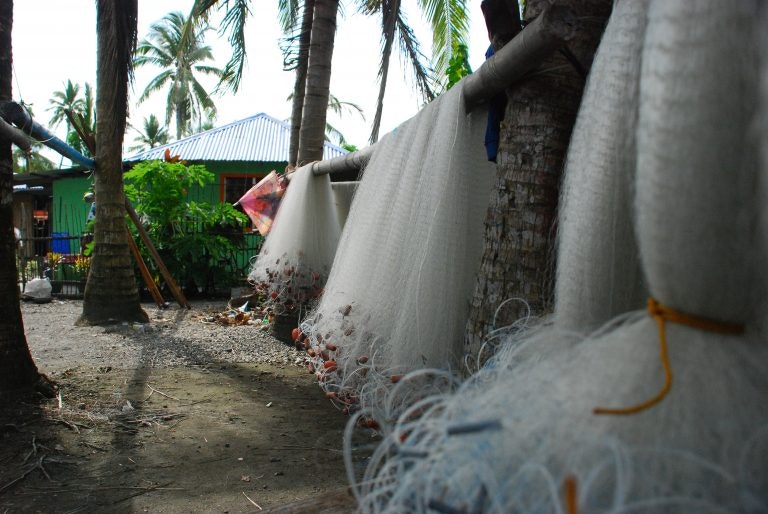 © Conservation International/Kimberly Hoong
© Conservation International/Kimberly Hoong
Fishing nets hang in the village of Silonay. Restoring mangroves requires cooperation and agreement among a variety of local stakeholders and partners. To this end, CI works with PATH Foundation Philippines, Inc., the Provincial Government of Oriental Mindoro and Calapan’s Fishery Management Office.
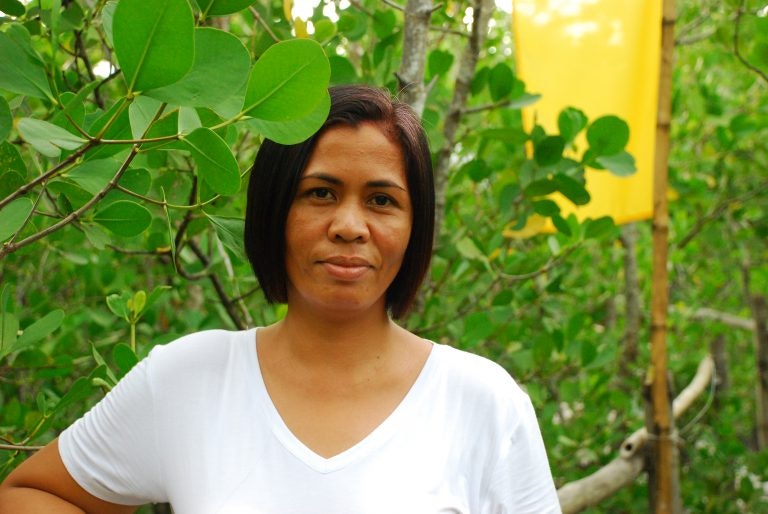 © Conservation International/Kimberly Hoong
© Conservation International/Kimberly Hoong
Alma Bool — known locally as the “Queen of Mangroves” — has been a leader in organizing the community for restoration efforts. “I’m called that because I’m basically married to my mangroves.” she said.
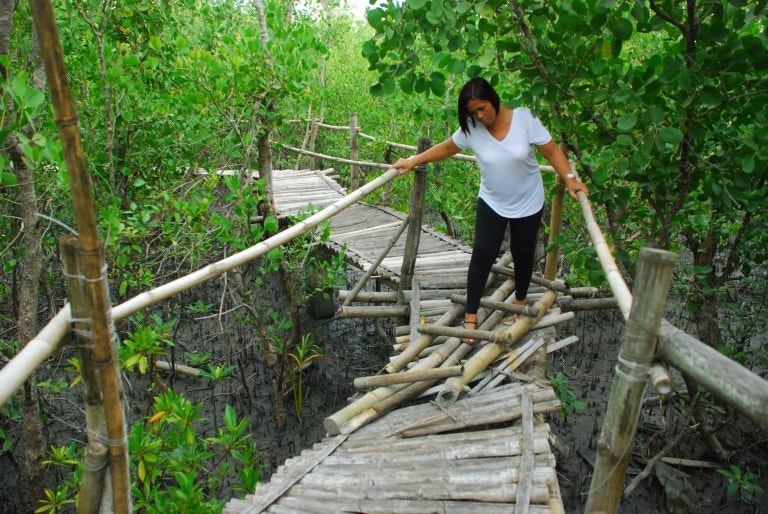 © Conservation International/Kimberly Hoong
© Conservation International/Kimberly Hoong
Here, Alma shows a damaged boardwalk that runs through the mangrove forest, part of ecotourism infrastructure that has helped to attract visitors to the island. The boardwalk has been closed to the public since it was damaged by Typhoon Nina in December 2016.
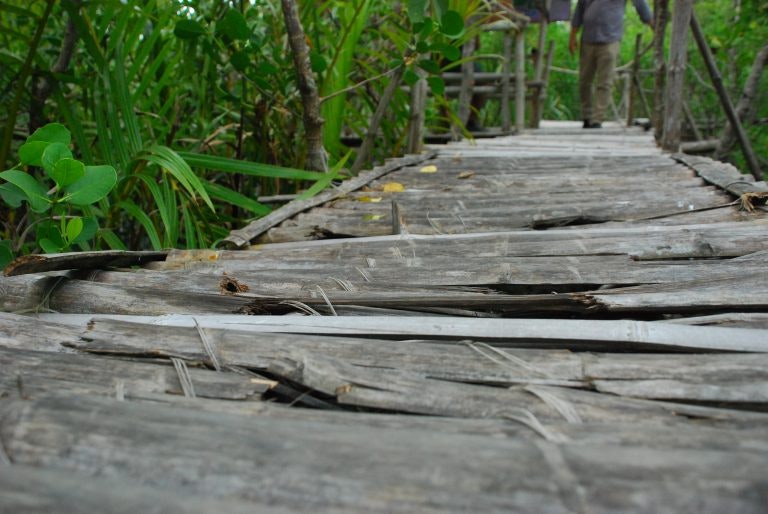 © Conservation International/Kimberly Hoong
© Conservation International/Kimberly Hoong
Damaged boardwalk waits to be repaired — but the next destructive storm is never far away. “You know how typhoons are named in alphabetical order?” asks Ronald Olavides, Conservation International’s field coordinator in the region. “In the Philippines, we joke about how we cover the entire alphabet in one year.” Residents of Silonay were spared significant damage from Typhoon Nina, but the risk of storm damage remains ever-present for the island community.
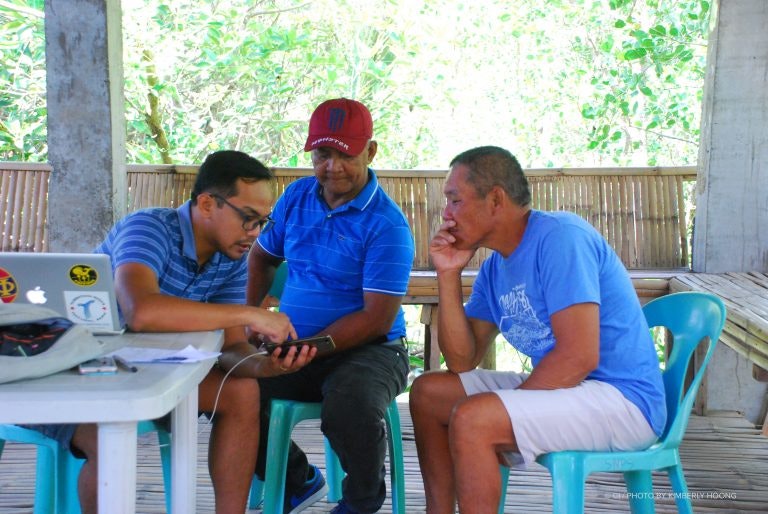 © Conservation International/Kimberly Hoong
© Conservation International/Kimberly Hoong
From left, Ronald Olavides of CI, the village chief Bobby Vergara and Francisco Fortu of Sama-samang Nagkakaisang Pamayanan ng Silonay, a local organization dedicated to supporting the mangrove reserve, discuss plans for repairing the boardwalks in the reserve. By creating alternate livelihood options such as ecotourism, communities are able to expand their options beyond fishing, becoming more climate-resilient in the process. Vergara hopes to turn Silonay into an ecovillage with village homestays.
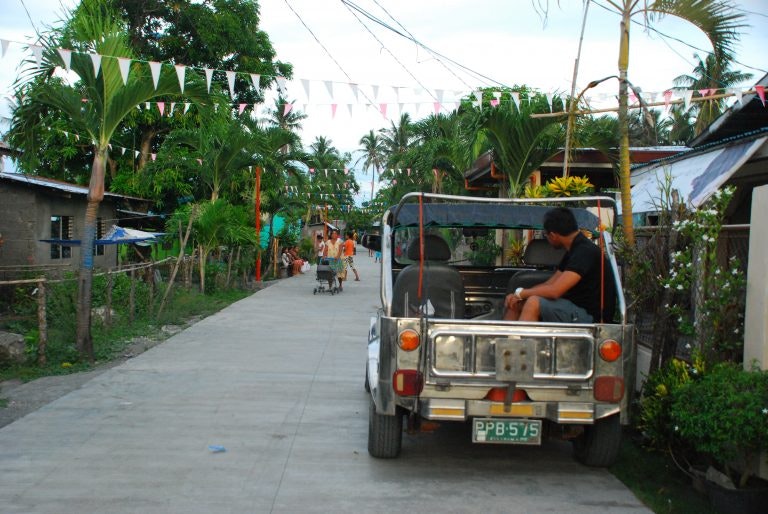 © Conservation International/Kimberly Hoong
© Conservation International/Kimberly Hoong
Like many coastal areas, the village of Silonay remains vulnerable to strong storms and fishery collapse fueled by climate change. Protecting mangroves and replanting deforested areas represents an investment in the community’s future, according to local leaders.
 © Conservation International/Kimberly Hoong
© Conservation International/Kimberly Hoong
Aldwin Simblante works as a guide for Silonay Mangrove Ecopark. Having grown up in Silonay, he knows the names of every species, how to find turtle nests and where to take tourists for the best views. As a kid, when he wasn’t in the village or out at sea helping his father catch fish, he was in the mudflats with his friends, competing to see who could catch the most crabs. “I used to want to escape to the city when I was younger,” Simblante said. “Not anymore. I’m so much happier here. The mangroves are my home.”
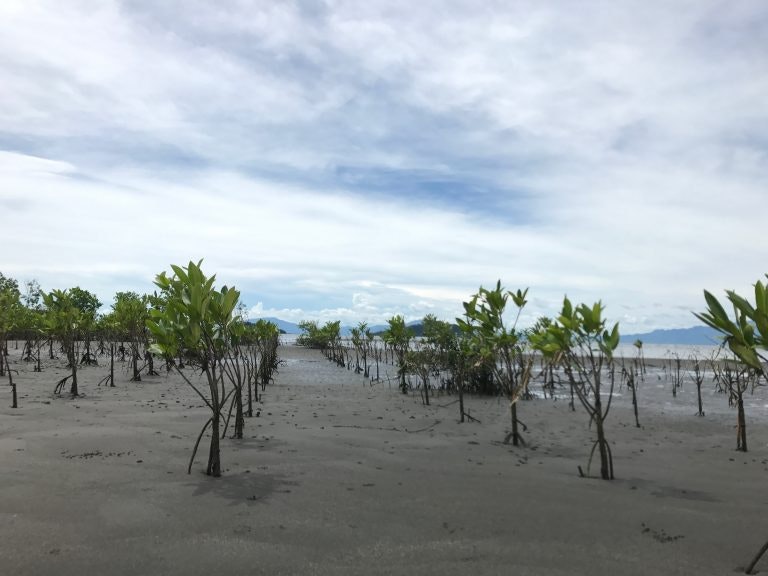 © Conservation International/Kimberly Hoong
© Conservation International/Kimberly Hoong
With support from governments and organizations including Conservation International, the community of Silonay is reclaiming their once-abundant mangrove forests, preserving a critical piece of their culture while preparing for the impacts of climate change.
Further reading
Kimberly Hoong is a former intern for Conservation International Philippines. Want to read more stories like this? Sign up for email updates. Donate to Conservation International.
If you’d like to read the original source of this article please click here Visit Source
